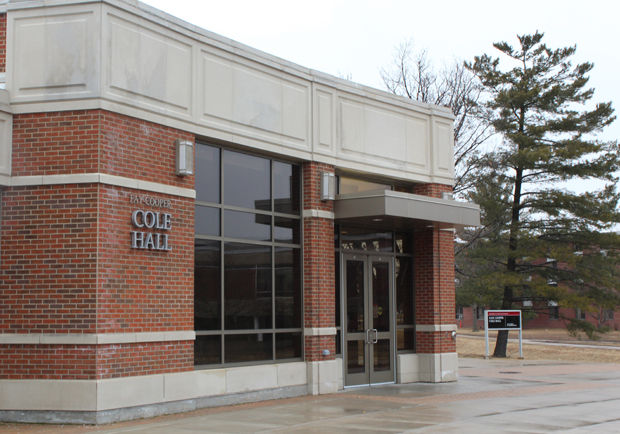Looking Into Legacies
March 3, 2016
Have you ever walked into a building and wondered why it was named the way it was?
An official University Committee had the responsibilty of naming buildings. The membership of the committee was founded in 1974, according to 1981 NIU faculty bulletin, found in the Regional History Center in the NIU Archives.
Below you’ll find the history of five NIU buildings, the first five of the series.
Adams Hall
Adams Hall was named after NIU President Karl Langdon Adams. Adams was born in Lexington, Ohio on Sept. 5, 1888. He received his Bachelor of Science from Ohio University in 1909 and his Masters of Arts from the Columbia University Teacher’s College in 1929. Adams began to confine his educational interest to teacher training and in 1928 he assumed the presidency at Northern Illinois State Teacher’s College with a strong conviction to improve teacher education in Illinois, according to the archives.
Altgeld Hall
Altgeld Hall was the first building constructed for the Northern Illinois State Normal School and it was initially known as the “castle.” This castle-like hall is named for former Gov. John P. Altgeld, who served from 1883 to 1897. Altgeld studied law in St. Louis, Mo. before he moved to Chicago. He was elected governor in 1892 and became the first Democratic governor since 1856, according to the archives.
Anderson Hall
Anderson Hall was named after Miriam Mills Anderson, who was head of the women’s physical education area from 1928-1956. Anderson is responsible for the development and growth of physical education for both men and women through the graduate program. Anderson retired from Northern in 1956, according to the archives.
Davis Hall
William M. Davis was born on Feb. 12, 1850. This Hall was named after him because of his advancements in the science of physiography. Davis was both a scientist and an educator in geography and geology. His works were cited in the first volume of National Geographic and he coined many scientific terms like “cycle of erosion.” Davis was a Harvard graduate and taught there from 1878-1912. He later went on to teach physiographic geology at California Institute of Technology from 1930 until his death, according to the archives.
DuSable Hall
Jean B. DuSable was born in Haiti in 1740. His family migrated to Louisiana. Then came to Illinois in 1770. He married a Potawatomi Indian woman in 1771 in Cahokia. DuSable and his family farmed near Peoria circa 1775 where he built a trading post, with the Potawatomi Indians, on what is now the Chicago River, near Lake Michigan. He died Aug. 28, 1818 and the settlement around his trading post grew into the city of Chicago, according to the archives.


